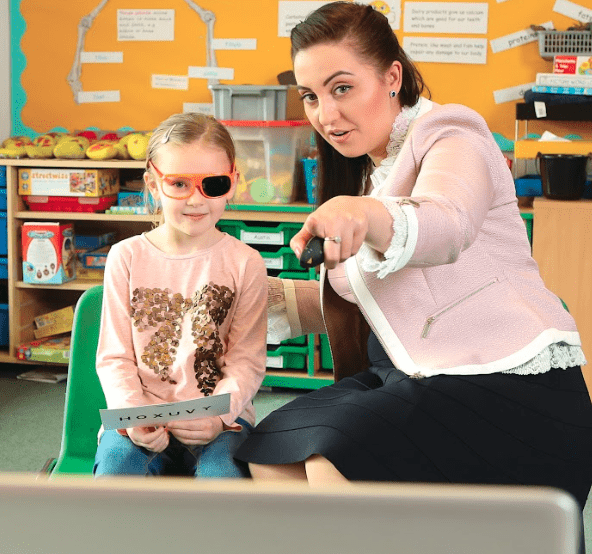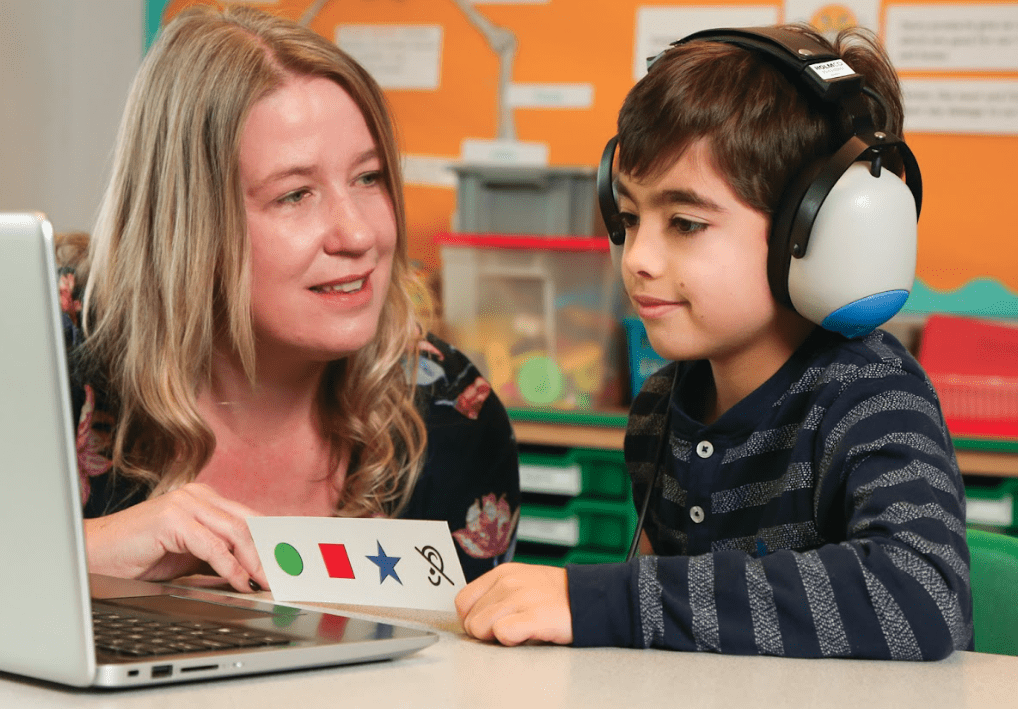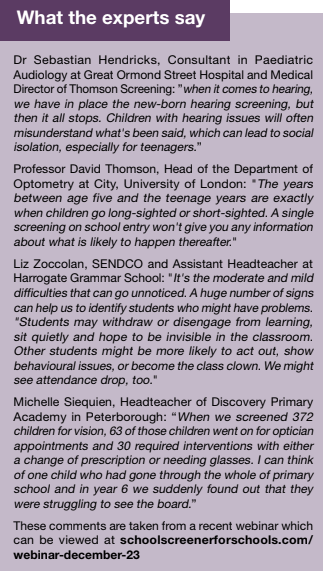Undetected vision and hearing problems may account for a significant proportion of poor learning performance, argues Michael Ter Berg.
Many ‘problem learners’ may be suffering from an undiagnosed visual impairment, and hearing impairment has been associated with attention problems, poorer school performance and, for boys in particular, behaviour issues. Those with hearing impairments can become frustrated and bored.

Put starkly, schools are planning Inclusion, welfare and SEN resourcing without knowing which of its children are developing mild to moderate vision or hearing deficits. This means that resources and funds are being used without knowing which children have undetected vision or hearing issues affecting their welfare, inclusion and, of course, SEN resources.
Children with both hearing and vision difficulties are much less likely to achieve Key Stage 2 targets, compared with children without any impairment, and they go on to achieve lower grades overall at GCSE, which reduces their chances of progressing to further education and impacts their self-esteem and career prospects. This is tragic, because the undetected hearing and vision could in most cases be corrected or adjusted for.


Even mild hearing loss can have an impact on cognitive and auditory skills and cause detrimental effects on speech, language, and developmental and educational outcomes. Changes to eyesight can be caused by extended time in front of computer screens, and hearing can be affected by prolonged exposure to excessive sound levels, for example from headphones. One effect of the COVID-19 lockdowns was an increase in childhood short-sightedness, as children spent less time outside and more time in front of laptops. Over a relatively short period, myopia has increased by 250%.
Colour vision is not part of NHS vision screening programmes because there is no treatment for the condition, even though colour vision impairment affects around 8% of boys and 2% of girls. Knowing which children have a colour vision impairment would enable schools to make simple but life-changing adjustments, but schools need the data to understand the impact on welfare, SEN and inclusion provision.

What can schools do? Diagnosing children with poor vision or hearing is generally considered a public health issue, but the impact is often on children’s education and social development, particularly during Key Stages 2 and 3. The NHS conducts vision and screening, but only at Reception age, and coverage is not universal. Far fewer regions screen for hearing. Also, with vision screening, the main target is just one condition, Lazy Eye (Amblyopia) whereas other conditions, especially short sightedness (myopia) and colour blindness, can affect learning outcomes. Due to Covid, even in areas where the NHS does screen at Reception, year groups have been missed.
With software such as SchoolScreener for Schools, it is quick and easy to check children’s hearing and vision. No clinical knowledge is needed, enabling SEN or support staff to conduct quick checks after less than 30 minutes of online training. Schools automatically receive the data to be able to support children appropriately, and parents receive a report which can be used to inform further vision or hearing assessment. Implementing a programme of regular checks during Key Stages 2 and 3 means schools are armed with the knowledge and data to make informed decisions, better plan resources, save costs and provide necessary adjustments to support their children as they develop during the later stages of Primary and Early Secondary schooling.

Michael Ter Berg
Michael Ter Berg is CEO of Thomson Screening, developer of The School Screener.
Website: schoolscreener.com













































